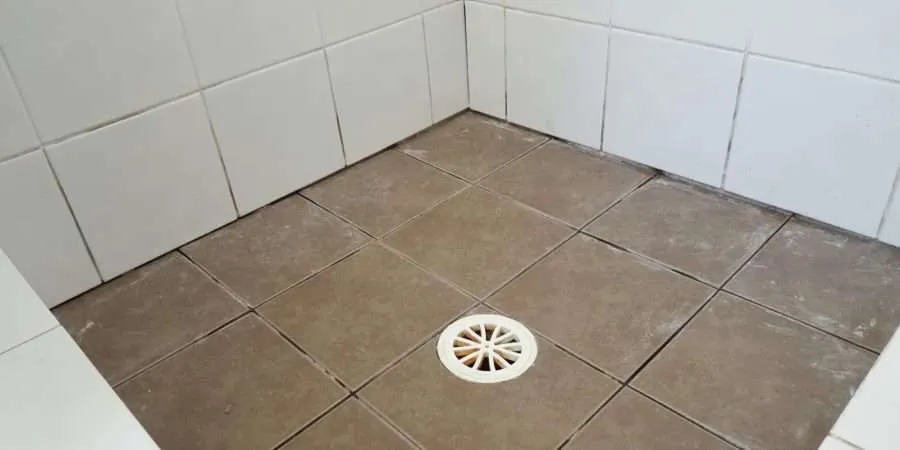Ways to Repair a Water-Damaged Wall in the Bathroom
Ways to Repair a Water-Damaged Wall in the Bathroom
Blog Article
How do you actually feel with regards to Common Causes of Water Damage in a Bathroom?

The restroom is very at risk for moist accumulation as well as prospective water damages because of the constant use water in it. This write-up offers easy assessment strategies to aid finding water damages threats.
The constant use of water in the bathroom makes it incredibly susceptible for damp build-up and prospective water damage. By inspecting it on a regular basis, you can minimize water relevant damages.
The adhering to collection of inspections is easy to carry out and ought to be done when in every three months in order to keep your restroom in good shape as well as to avoid prospective water damages caused by the bathtub, the shower, pipe joints and plumbing, sinks, cabinets, and the commode
Do not forget executing these examinations as well as be extensive while doing them. Bear in mind that these easy inspections can conserve you a great deal of cash by supplying early indications for water damage
Sinks and also Cabinets
Sinks and also cupboards are subjected to moisture and moisture day-to-day and are often overlooked. Evaluate consistently under the sink and also on the counter top above it. Fix any kind of drip in the trap as it may recommend drain problems. Check out the sink, sluggish draining pipes might show a blocked drain. Change sink seals if they are split or loosened.
Tub and Shower
The shower and also tub call for special attention as well as maintenance. Examine the tiles and also replace if fractured. Ensure that there is no missing out on grout in between the ceramic tiles. Check and change cracked caulking at joints where the wall surfaces meet the flooring or the tub. Clogged drains pipes and also pipes troubles will protect against the bathtub from drying and also may show severe problems underneath the bathtub. Seek advice from an expert immediately to avoid structural damages. Pay attention to stainings or soft areas around the tub walls as they might indicate an internal leakage.
Plumbing
Signs for water damage are difficult to detect considering that most pipelines are mounted inside the walls.
Pay unique attention to flooring and also walls dampness and spots as they might suggest an unseen plumbing issue. Examine moisture levels in adjacent rooms also.
The Bathroom
The commode is a vulnerable water junction. Inspect the water lines and also search for leaks around the bathroom seat, in the pipe, as well as under the water container. If you detect any indications of wetness on the floor around the commode, look for leaks in the toilet edge and also tank seals.
Understand that hanging commode dish deodorants enhances the opportunities for clogs.
Water Damage Signs In The Bathroom To Avoid Cleanup
Musty smell
This is one of the easiest signs to catch because musty smells are so odorous. The damp, earthy, moldy smell should be a big red flag. The smell will develop when moisture gets trapped in surfaces, and begins to facilitate mold growth. Leaking pipes under cabinets, inside walls, and behind shower fixtures will cause moisture to stay trapped and not dry, which will lead to mold growth and spread. As soon as you notice any musty smells in your bathroom, have it checked for hidden water damage and cleanup signs.
Visible mold
If the smell isn’t there to give it away, sometimes you will actually see mold growth. Finding mold in your bathroom is a serious problem, because mold is very harmful to your health. By the time mold growth is visible, it also means that water damage has already occurred and been present for some time. The only way the mold problem can be resolved is to find the source of the moisture and get it stopped. To safely and adequately remove mold, you need to have professionals handle the remediation. Do not waste any time in getting mold problems addressed, fixed, and sanitized so that you can protect you and your family from the many respiratory symptoms caused by mold exposure.
Damaged floors
Bathroom floors should be able to withstand some exposure to water while still remaining in good condition. However, when excess exposure or water leaks occur, they will begin to damage even the most water-resistant flooring. If you notice any cracking, bubbling, staining, or warping on your bathroom floors, there is probably a water leak somewhere causing the distortion. If you notice areas of the floor have become softer, or even have a spongy feeling, there is probably damage to the subfloor. Subflooring is typically made up of plywood. When plywood is exposed to water or moisture, it will absorb it. Once it has become saturated, the weight of the excess water will cause the wood to swell and soften. Check the floors in your bathroom frequently to catch any of these sings before they lead to damaged subflooring.
Changes on walls
When water leaks behind walls, it will cause changes in the drywall. Peeling plaster, blistering paint, and soggy wallpaper are all good indicators that excess water is building up behind the wall. Water leaking behind drywall will cause it to swell and be soft to the tough. If you start to notice gaps along the trim of your walls, or where tile meets the wall, it could also be a strong indicator that there is a leak behind the wall. Any changes, distortion, or damage on the walls should be evaluated as soon as you notice it to prevent further water damage and cleanup.

I discovered that post on How to Prevent Bathroom Water Damage when perusing the search engines. Make sure you set aside a second to distribute this entry if you enjoyed it. We thank you for reading our article about Preventing Water Damage in the Bathroom.
Request Service Report this page